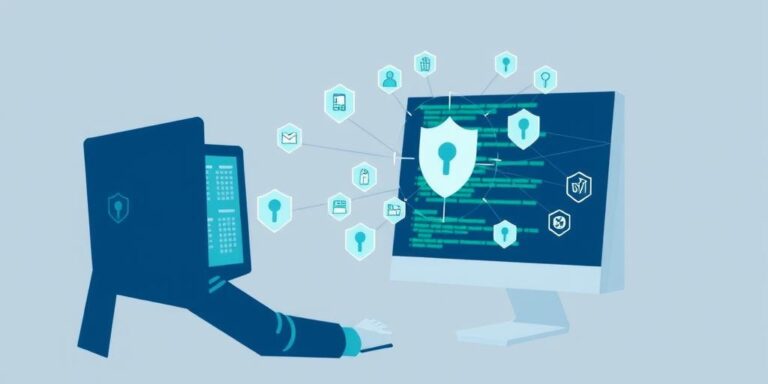The Evolving Role of Developers in Incident Response (2025)
In 2025, the landscape of incident response has dramatically shifted, placing developers at the forefront of cybersecurity strategies. This evolution stems from the increasing complexity of modern applications, the rise of DevSecOps, and the critical need for rapid, code-level understanding during security incidents. Let’s delve into the expanded responsibilities and essential skills developers now require in this dynamic environment.
From Code Writers to Security Guardians
Traditionally, developers focused primarily on feature development and bug fixes. Security was often an afterthought, handled by specialized security teams. However, the speed of modern software development and deployment necessitates a more integrated approach. Developers are now expected to:
- Write Secure Code: Implement security best practices from the outset, mitigating vulnerabilities before they reach production.
- Participate in Threat Modeling: Collaborate with security teams to identify potential threats and design secure architectures.
- Automate Security Testing: Integrate security testing into the CI/CD pipeline, ensuring continuous vulnerability assessment.
- Respond to Incidents: Play an active role in incident response, leveraging their code knowledge to diagnose and remediate issues.
Key Skills for Developers in Incident Response
To effectively contribute to incident response, developers need to acquire a specific skill set that complements their existing coding expertise:
- Security Fundamentals: Understanding common vulnerabilities (OWASP Top 10), attack vectors, and security principles is crucial.
- Log Analysis: Proficiency in analyzing logs from various systems to identify anomalies and trace the root cause of incidents.
- Debugging and Reverse Engineering: Ability to quickly debug code and, in some cases, reverse engineer malicious code to understand its functionality.
- Infrastructure as Code (IaC) Security: Knowledge of how to secure infrastructure defined as code, preventing misconfigurations and vulnerabilities.
- Container and Cloud Security: Expertise in securing containerized applications and cloud environments, addressing specific security challenges in these ecosystems.
- Incident Handling Processes: Familiarity with incident response frameworks (e.g., NIST) and procedures for reporting, containment, eradication, and recovery.
The DevSecOps Advantage
The rise of DevSecOps has blurred the lines between development, security, and operations, fostering a culture of shared responsibility. In this model, developers are empowered to take ownership of security throughout the entire software development lifecycle. This proactive approach leads to:
- Faster Incident Detection: Developers’ familiarity with the codebase and infrastructure enables quicker identification of suspicious activity.
- More Effective Remediation: Code-level understanding allows for targeted and efficient remediation of vulnerabilities.
- Reduced Downtime: Rapid response and resolution minimize the impact of security incidents on business operations.
- Improved Security Posture: Continuous security testing and proactive vulnerability management lead to a stronger overall security posture.
The Future of Developer-Driven Incident Response
As technology evolves, the role of developers in incident response will only continue to grow. Emerging trends like AI-powered security tools and automated incident response platforms will further empower developers to proactively identify and address security threats. By embracing a security-first mindset and acquiring the necessary skills, developers can become invaluable assets in the fight against cybercrime.
Key Takeaways:
- Developers are now critical to incident response, thanks to their code knowledge and the rise of DevSecOps.
- Essential skills include security fundamentals, log analysis, debugging, and cloud security.
- DevSecOps fosters shared responsibility, leading to faster incident detection and remediation.
- The future involves AI-powered tools and automated responses, further empowering developers.




